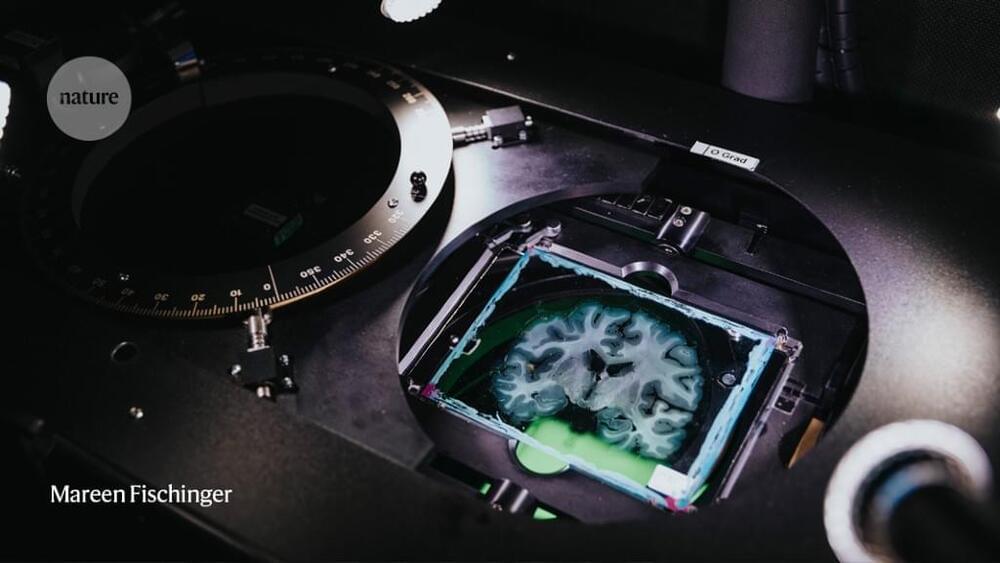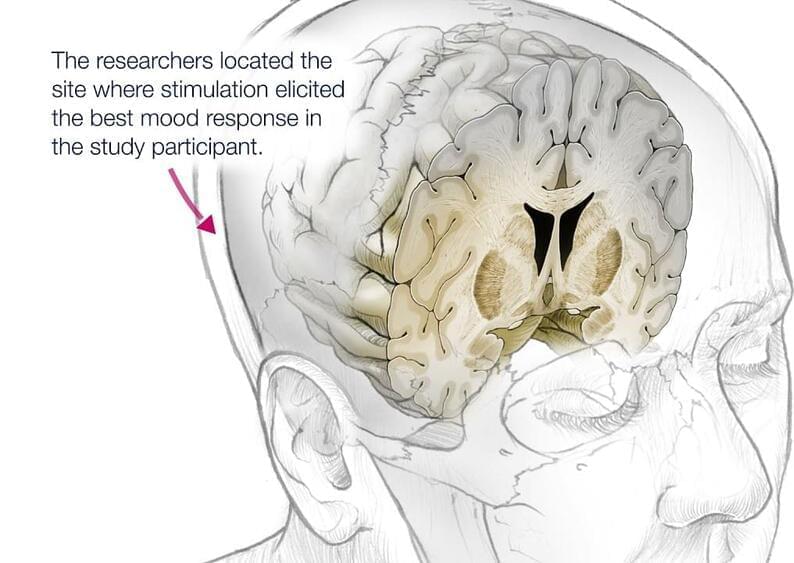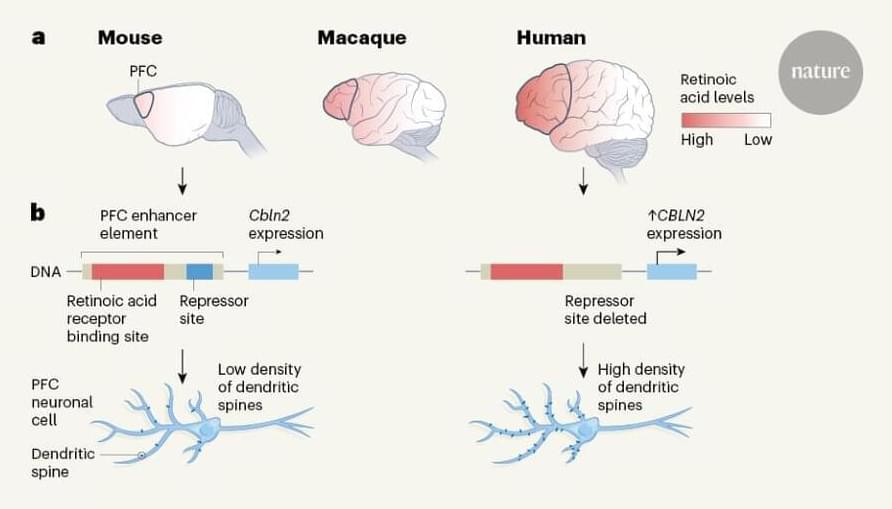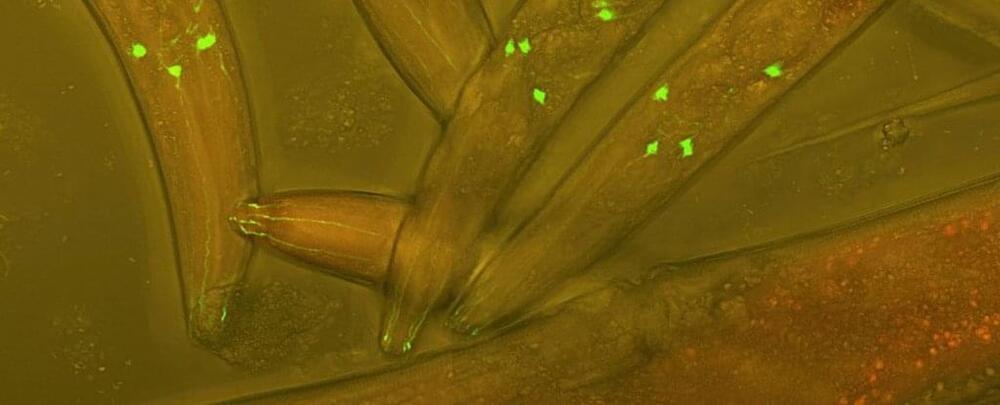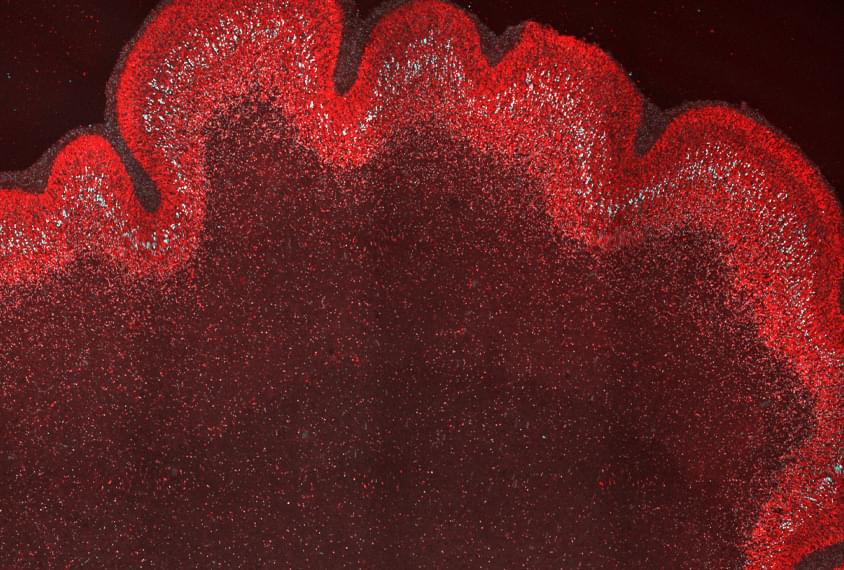The largest projects started in 2,013 when the US government and the European Commission launched ‘moonshot’ efforts to provide services to researchers that will help to crack the mammalian brain’s code. They each poured vast resources into large-scale systematic programmes with different goals. The US effort — which is estimated to cost US$6.6 billion up until 2027 — has focused on developing and applying new mapping technologies in its BRAIN (Brain Research through Advancing Innovative Neurotechnologies) Initiative (see ‘Big brain budgets’). The European Commission and its partner organizations have spent €607 million ($703 million) on the Human Brain Project (HBP), which is aimed mainly at creating simulations of the brain’s circuitry and using those models as a platform for experiments.
Scientists around the world are working together to catalogue and map cells in the brain. What have these huge projects revealed about how it works?
